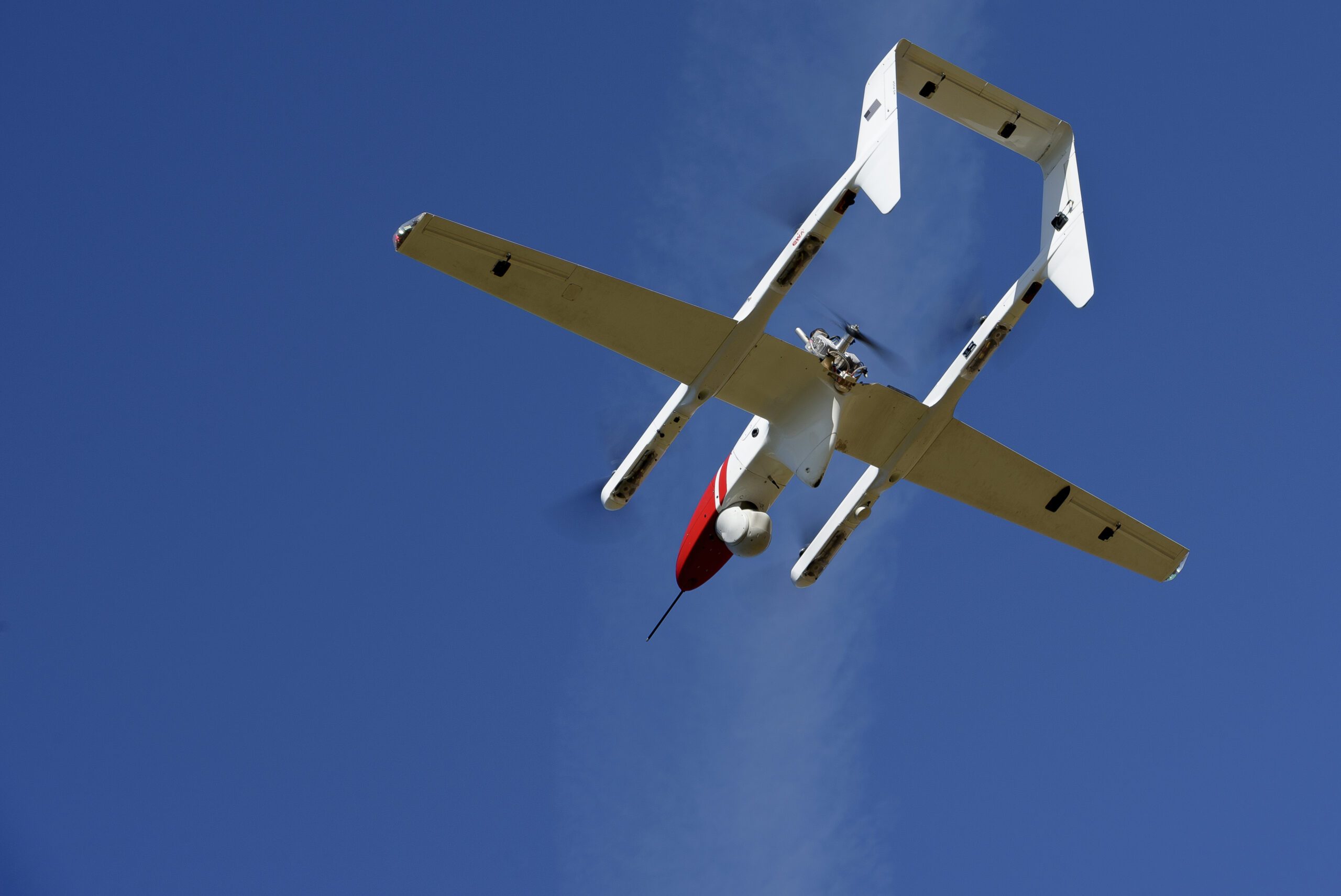What’s Flying Above California’s Wildfires? The Drone Revolution Explained
During California’s 2025 wildfire season, the airspace is buzzing with new solutions. While helicopters and water bombers once dominated the fight against fires, advanced drones have now taken center stage. This is the drone revolution in wildfire response, a blend of innovation and necessity shaping a new era of firefighting.
The Skies Are Changing: Why Drones Matter in 2025
California’s wildfires are a longstanding challenge. Yet, the growing scale and unpredictability of recent fires have rendered traditional methods increasingly hazardous. By 2025, drones or unmanned aerial systems (UAS) have become essential in frontline firefighting efforts, working in tandem with human teams.
CAL FIRE’s Bold Move: Doubling Drone Operations
The California Department of Forestry and Fire Protection (CAL FIRE) doubled its fleet of drones in 2025, highlighting their vital role in firefighting.
What can these drones do?
- Aerial ignition for controlled burns: Drones with Plastic Sphere Dispenser (PSD) systems like IGNIS deploy fire-starting spheres over tough terrain, igniting controlled fires to clear flammable vegetation.
- Perimeter mapping in real-time: Equipped with advanced cameras, drones create live maps to monitor fire movement, even through smoke or darkness.
- Post-fire assessment: After the flames die down, drones assess damage, detect leftover embers, and aid in habitat recovery plans.
Meet the Firefighting Drones: From Tiny Scouts to Military Giants
The variety of drones used in wildfire efforts ranges from small quadcopters to large military-grade UAVs.
| Drone Type | Typical Use | Key Capabilities | Notable Model |
|---|---|---|---|
| Small Quadcopters | Close-range reconnaissance, hotspot tracking | Agile, rapid deployment, thermal/optical cameras | DJI Matrice |
| Fixed-Wing | Large-area mapping, extended surveillance | Long endurance, high altitude, real-time video | senseFly eBee |
| Heavy-Lift | Aerial ignition, cargo delivery | Carry incendiary PSD, ferry equipment to crews | IGNIS-enabled drones |
| Military-Grade | Strategic intel, night/smoke penetration | FLIR, SAR, >27HRs flight, 30,000+ ft altitude | MQ-9A Reaper |
In 2025, the MQ-9A Reaper drone, a military-grade UAV, was deployed by the California Air National Guard, offering unparalleled capabilities like prolonged flight times and advanced imaging, even in bad weather.
How Drones Tame the Flames: Real Missions, Real Heroes
1. Aerial Ignition of Firebreaks
While controlled burns are effective, deploying fire-starting spheres in hazardous areas by helicopter is risky. Drones offer a safer, more precise method to ignite these fires.
2. Surveillance & Real-Time Mapping
In situations where fires spread rapidly, drones provide instantaneous maps and live updates, helping teams adjust their strategies and coordinate with various agencies.
3. Supporting the Human Effort
Though drones handle perilous tasks, they work best alongside humans, sharing real-time imagery and data to enhance response strategies.
A CAL FIRE pilot remarked, “Our training prepared us for this—to be in the right place at the right time.”
The Double-Edged Sword: When Hobby Drones Endanger Lives
The Palisades Disaster: A Temptation Too Far
On January 9, 2025, a hobbyist drone disrupted firefighting efforts at a major wildfire by colliding with a critical water-bomber aircraft. The incident highlights the dangers of flying unauthorized drones near active fire zones.
The aftermath:
- Aircraft damaged: Grounded for five critical days due to the collision.
- Jeopardized lives: Potential for catastrophic damage if the plane had crashed.
- Federal prosecution: The drone operator faced prosecution, fines, and community service.
- Operations suspended: Several drone incursions stalled firefighting due to safety risks.
Authorities stress, “Flying drones near wildfires is dangerous and unacceptable. Violators will be prosecuted.”
Why Are Flight Restrictions So Strict?
During wildfires, the FAA enforces Temporary Flight Restrictions (TFRs), barring unauthorized aircraft, including drones, to prevent accidents and ensure the safety of operational aircraft and personnel.
Never fly near wildfires. Instead, join an official agency or volunteer for authorized missions.
Government, Tech, and Teamwork: California’s Model for Resilience
Following the destructive 2025 wildfires, California leaders have intensified efforts to incorporate drones and AI into wildfire preparedness and response plans.
- By March 2025, a comprehensive list of priorities focused on expanding drone and AI use to enhance wildfire management.
- An integrated response system allows for real-time data sharing and coordination among various firefighting agencies.
- The federal government’s contribution of military resources exemplifies the importance of collaborative emergency response.
The Next Wave: AI, Swarms, and Predicting the Unpredictable
Wildfire management is evolving. Through AI, drones will:
- Predict fire spread by analyzing data from various sources.
- Work in swarms to cover extensive fire zones, identifying new threats and updating maps.
- Collaborate with robotic ground vehicles for comprehensive fire management tasks.
The true innovation lies in combining technology, teamwork, and proactive measures against wildfire threats.
Lighter Side: Drones in Pop Culture and People’s Hearts
Drones have captured public interest, appearing in games, movies, and viral media. However, it is the dedicated drone teams and operators who remain the true heroes.
Real Stories, Real People
- CAL FIRE’s “Team Drone” is recognized at public events for their contributions during critical moments.
- Many drone pilots transitioned from enthusiasts to certified wildfire pilots, demonstrating that passion can lead to impactful action.
Expert Tips For Drone Enthusiasts
Here’s how to engage with drones responsibly:
- Stay informed: Always check for TFRs to avoid flying near restricted areas.
- Get certified: Pursue FAA Part 107 certification or CAL FIRE-specific training to legally support firefighting efforts.
- Contribute: Join local volunteer programs that utilize drones for mapping and wildfire prevention.
- Avoid flying near active fires: Unauthorized flights can disrupt critical operations.
The Human Side: Why We Do This
Behind advanced technologies are dedicated teams—firefighters, officials, volunteers, and citizens—all committed to protecting communities. Together, they leverage technology to create a safer future, with drones serving as vigilant guardians above the flames.
From adversity comes resilience—a vision of clear skies, safe communities, and drones as powerful allies. This is the revolution in fighting wildfires, already in flight.













